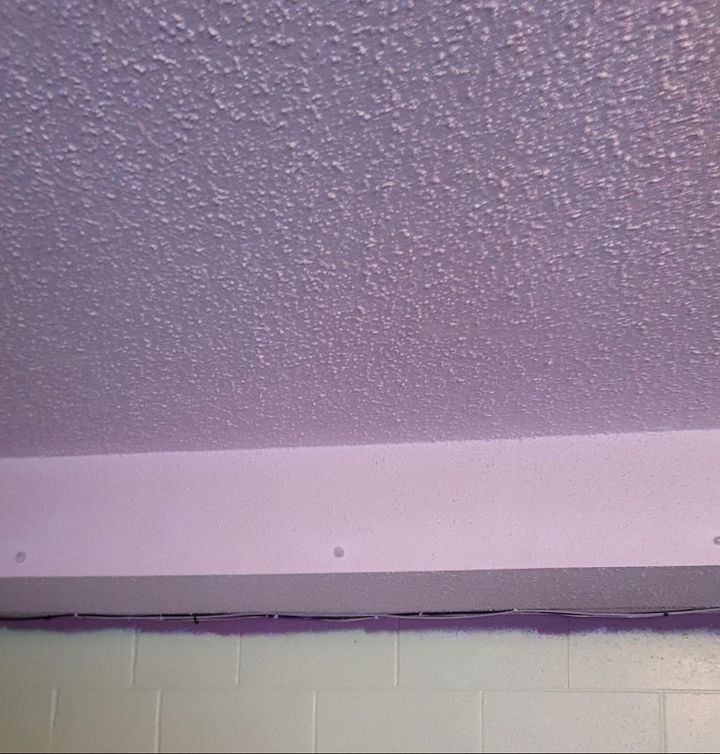Can I stain a butcher block island top before I apply mineral oil?
Related Discussions
Should I paint or stain my oak kitchen cabinets?
I was wondering if you could help me with something -- I have an entirely oak kitchen. I know it's the rage now to paint or gel stain cabinets. I've been considering ... See more
How to paint a metal front door?
How do I paint my front door? It's metal.
How to paint grout?
How do I paint grout to change the color? The grout is in great shape, but the color - meh.
How to whitewash a brick fireplace?
What is the best method to whitewash bricks surrounding a fireplace?
Am I the only one?
I don't want to sound like a total "hater", but am I the only one who doesn't like distressed furniture? I see so many beautiful pieces of furniture that would look o... See more
Can I paint my popcorn ceiling?
I have been painting my walls and notice that my ceiling looks yellowish. Can I paint this ceiling as well? I'm up for any ideas





Here's some information and recipes for natural stain! https://www.diynatural.com/homemade-wood-stain/
Yes
Strong Tea - Coffee - Steel wool and Vinegar - Strain before use, but yes it will. Test it first on out of way place...
Do not use mineral oil on stained surfaces. Not made for that. It's made to soak into raw wood and protect/seal the surface.
You need to be careful on the stain you use and seal the surface. You want protection and also food safe. You also want a smooth blended color. Pine is very porous with tight and wide grains. Just staining it will come out blotchy with dark and light areas.
Put a coat of Wood Conditioner on the butcher block according to the instructions on the can. Use Minwax found at Home Depot. The stain will go on much more evenly, and the grain blended in more with the rest of the wood.
Seal with at least three coats of a water based polyurethane. Minwax polyurethane in the matte finish. Water-based polyurethane is really quite different from oil-based polyurethane. It looks streakier when it’s applied, and also appears milky white. It always dries without streaks, and completely clear. Doesn't yellow over time.
The directions on the can said that sanding in between coats required. I don't want to cut into the stained wood with sandpaper. Use a green Scotch Brite kitchen scrubby (this is what I do). Gives the countertop a very smooth finish.
After “sanding” each coat, wipe away all of the dust. Do not sand the last coat.
Here's a video...
Dark Tung oil is a food safe option to seal and darken butcher block at the same time. Depending on the type of wood butcher block you start with, the final shade will vary. Ours were birch and they were naturally a pale shade. They are much darker after the tung oil.
http://joyfullytreasured.com/sealing-butcher-block-dark-tung-oil